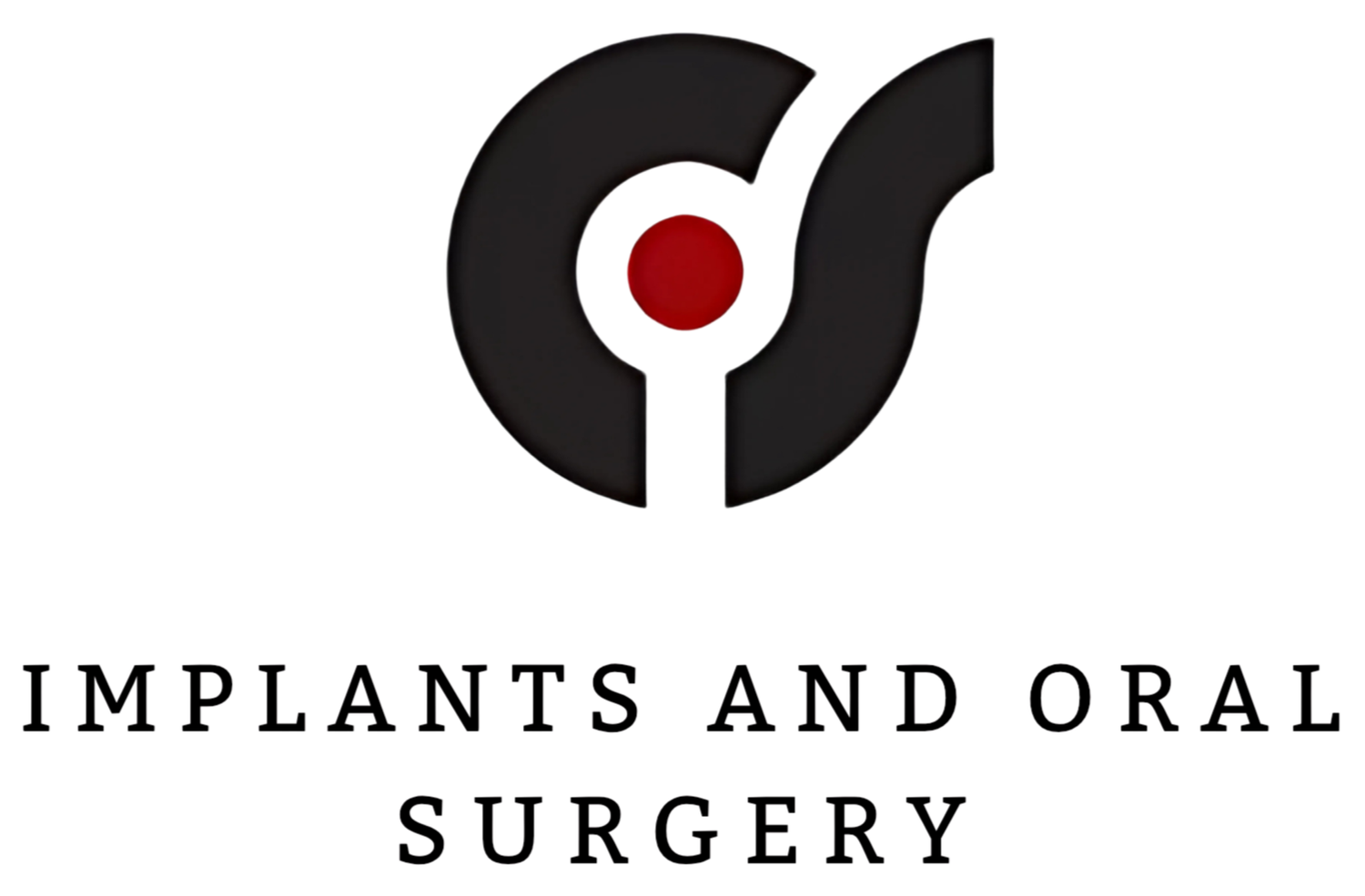
Growth Factors and Bone Grafting for Reconstruction
Where does grafted bone come from?
For years, the bone needed for a bone grafting procedure had to be taken from another part of your jaw or body, requiring additional surgery. Today, bone grafting materials such as allografts or xenografts may be used in place of your own bone with no additional surgery required. During the healing process the graft material is intended to act as a scaffold and be replaced by your own new bone.
What are allografts?
Allografts are bone grafting materials made from donated bone particles that have been refined through the proprietary, multistep sterilization process. This process assures the highest standard of safety and quality with minimal risk of disease transmission. The result is safe, biocompatible grafting material. For over 35 years, human and animal processed grafts have been safely used in more than three million procedures.
How can I reduce the risk of bone loss in the future?
The risk of bone loss can be reduced by replacing lost teeth quickly, before significant bone loss occurs. If you're not ready for dental implants at the time that your teeth are lost or removed, your doctor may recommend a ridge preservation procedure to maintain the bone in that area until your implants can be placed.
Why do I need bone grafting?
Bone grafting is used to prepare a site for dental implants that are needed to replace a missing tooth or teeth. Bone, in an area where teeth have been lost, naturally shrinks or resorbs over time, both in height and width. As a result, new bone must be grafted to create a secure site for placing implants and to achieve aesthetic results. Bone grafting can also be used to save teeth that have experienced bone loss resulting from gum disease.
Bone loss can be caused by:
The loss of a tooth
Localized infection
Gum disease
Trauma

